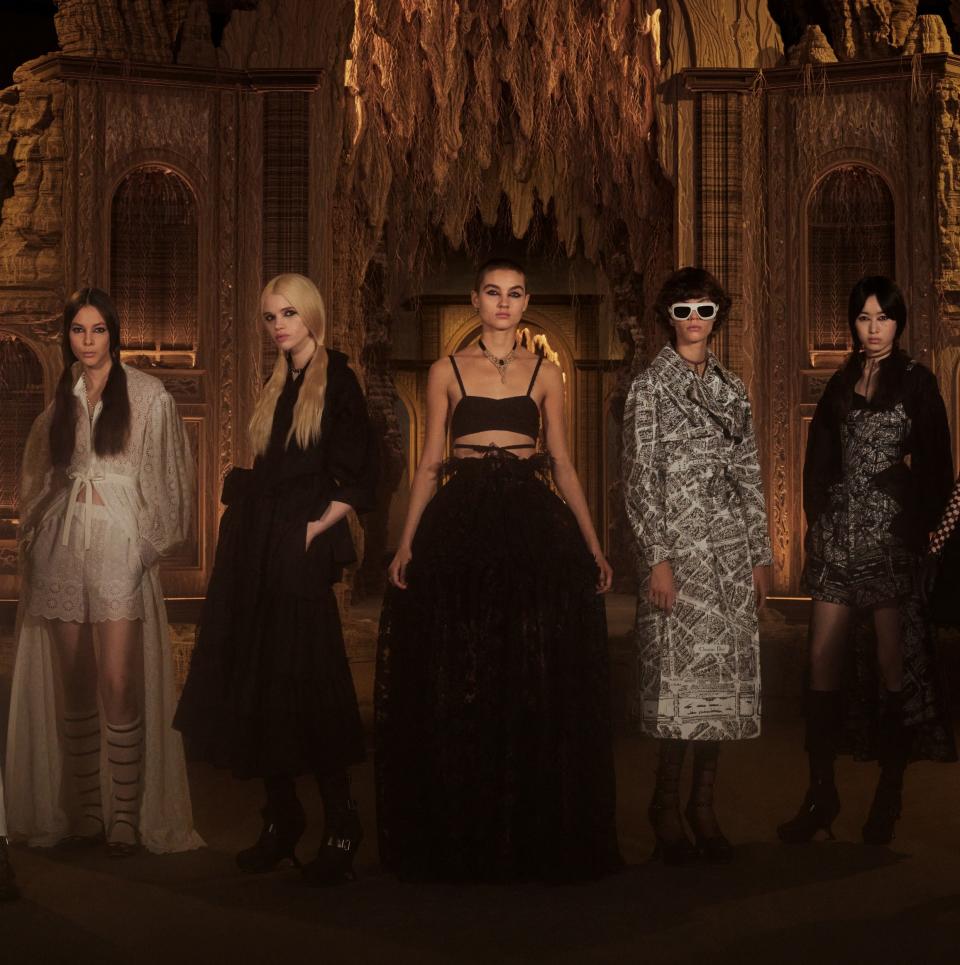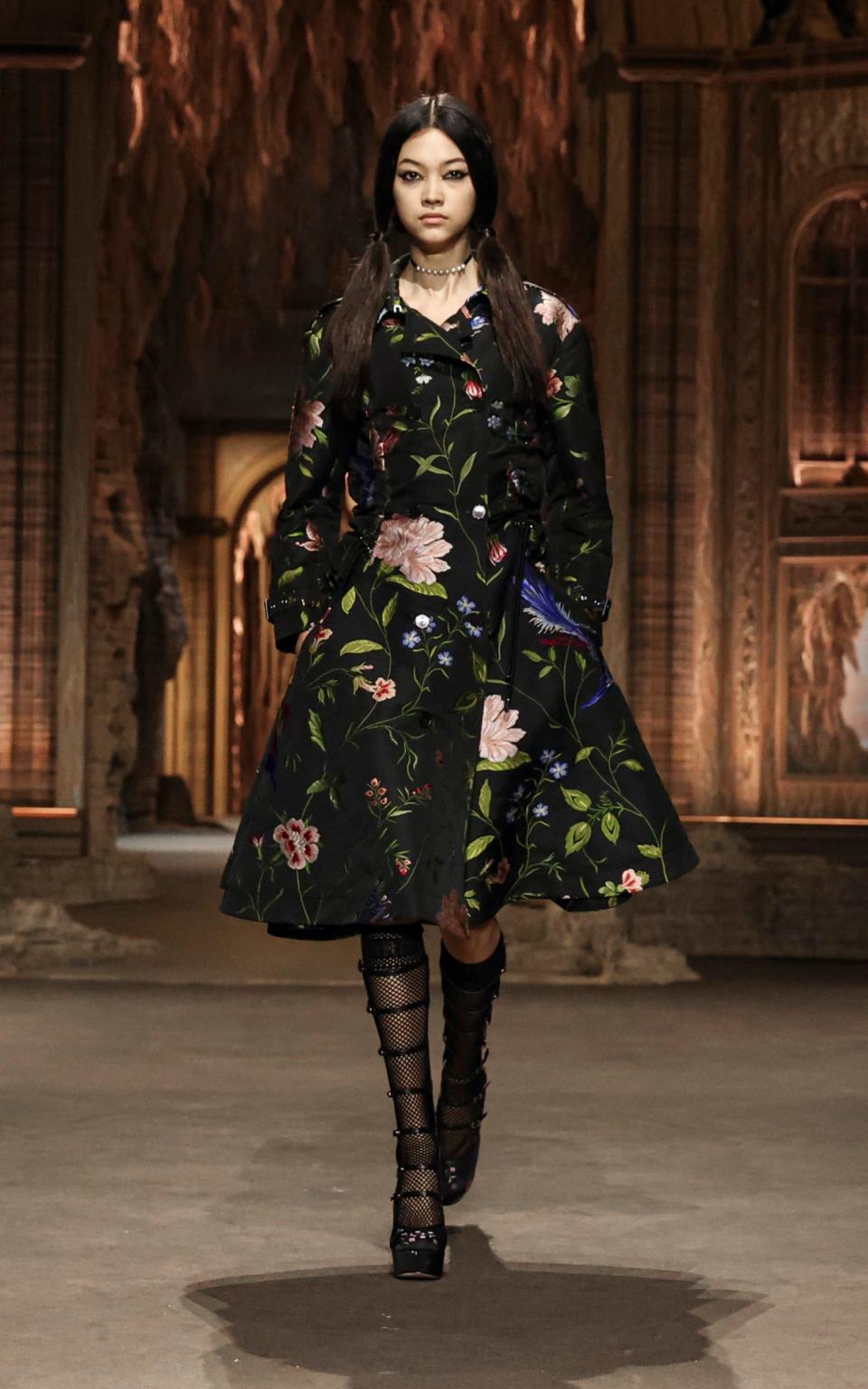Dior and the power of the platform

Maria Grazia Chiuri has been creative director at Dior for six years now and, in that time, not a single pair of platforms has crossed her catwalks. Flat forms, kitten heels, gladiator boot-sandals, flats... but no platforms.
But then she got thinking about Catherine de Medici, as you inevitably do when you’re a female designer searching for powerful female figures through history. And Catherine, it turns out, was mad for platforms, although back then, in 16th-century France where she became queen, they were called chopines. She loved them for much the same reason that fans of platforms have always loved them. Height.

Height equals power. I do not write this lightly, but because a 2015 study at Ohio University found that the height premium is real. A six-footer was, at that point, likely to earn $100,000 more over a 30 year period than someone who is 5ft4in.
I am 5ft4in, so I’m invested in this. Whereas in my 20s, my height used to feel average for a woman, these days, surrounded by younger generations, I am distinctly short.
It doesn’t matter though, because that’s what platforms are for. And Dior’s are special, with the cantilevered heel that Roger Vivier first designed for the house in 1953. This is important because Vivier was a proper shoe designer who knew about proportions and balance, and the models wearing these shoes looked rock solid. There is nothing empowering about a shoe that leaves you splat on your face.
“I never thought about fashion making you feel powerful before,” says Chiuri. “When I was a teenager in the 1970s, fashion was about freedom. I think one of the reasons Gen Z say they’re anti fashion is because for them it represents power and the establishment, but I want to show that power can be a positive force.” The front row had its share of powerful female figures; Emma Radacanu, Rosamund Pike, writer Chimamanda Ngozi Adichie and boxer Ramla Ali.

The power platform partnered almost all of the show’s 84 looks. Black? There was lots of it because, as Chiuri explained, in Catherine de Medici’s time “black was an expensive dye and therefore equalled status – and more power”. There were corsets too, because Catherine was obsessed with them (no one said fashion choices have to be rational). The guipure lace and floral embroidery (Catherine loved gardening and developed the Tuileries gardens in the centre of Paris) were on a couture level of workmanship.
That’s all very well, but what one wants from a ready-to-wear collection – and so often doesn’t get – is clothes you can imagine wearing. Chiuri, who has the knack of making this most luxurious of brands seem somehow functional, served those up too: taupe trenches with drawstrings, quilted jackets, denim suits with embroidered pockets and the ultimate white shirt. Pretty much all you need next season.

 Yahoo Movies
Yahoo Movies 
